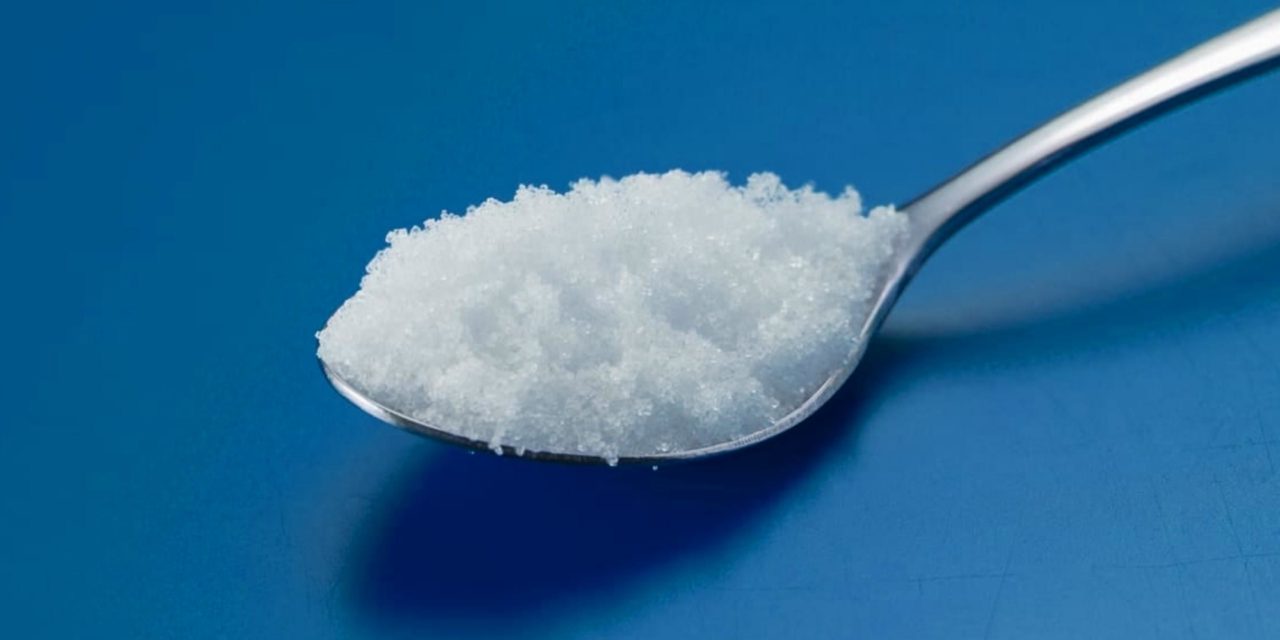Bath salts are illicit synthetic stimulants with mind-altering properties. They shouldn’t be confused with Epsom salt, which is a naturally occurring mineral added to bathwater. A Schedule I substance, this relatively new drug became popular for recreational use in the U.S. during the early 2010s. Bath salts aren’t a commonly sought-after drug. That has left the public with little idea of what bath salt addiction is and what it looks like.
Although use is believed to have peaked in 2012, bath salts are a concern for public health officials. They are marketed as a cheap alternative to more expensive stimulants such as amphetamines or cocaine. They are part of the larger public health concern of unregulated psychoactives known as NPS (new psychoactive substances). These NPSs are continuously circulated throughout the country.;
What Is In Bath Salts?
Bath salts are the street name for a group of drugs categorized as synthetic cathinone. Cathinones are substances that come from a plant found in the Middle East called khat. Chewing its leaves causes a mild stimulant effect. However, the synthetic form is more powerful and potentially dangerous. They are often in brown or white crystalline powder form and are sold in small plastic bags. They may also be labeled as plant food, jewelry cleaner, or phone screen cleaner.
The specific type of synthetic cathinone best known in the United States is methylenedioxypyrovalerone. It’s also known as MDPV (mephedrone is the widely used synthetic cathinone in Europe). MDPV is structurally similar to MDMA and closely resembles the effects of amphetamines. It has a similar effect to cocaine, but it can be up to 10 times stronger. It also has long-lasting psychological side effects. However, the actual composition and dosage of bath salts can be vastly different from one batch to the next. This is done intentionally to make it difficult for law enforcement to track and contain.
Symptoms & Side Effects of a Bath Salts High
Bath salts produce a high similar to meth. It includes feelings of euphoria, increased energy and concentration, elevated sex drive, reduced appetite, and hallucinations. This high lasts between 4 and 8 hours, but it may take 48 hours to fully come down. Even then, the side effects can persist for weeks after the drug has been fully eliminated from the body.
The effects of bath salts can vary depending on how they’re absorbed. Snorting is the most common method of using bath salts. However, this versatile compound can also be taken orally, smoked, injected, or used rectally. Snorting and injection are the most dangerous methods of use. They carry the highest risks of overdose or death. They also provide the most intense high, delivering the drug to the brain quickly.
The physical effects of bath salts resemble the cardiovascular risks carried by amphetamines, including:
- Dilated pupils
- Difficulty breathing
- Excess sweating
- Chest pains
- High blood pressure
- Rapid heartbeat (tachycardia)
- Hyperthermia
- Muscle spasms or tremors
- Seizures
- Stroke
- Rhabdomyolysis (which then leads to kidney failure)
Although the physical symptoms can potentially be fatal, the psychological symptoms are severe. They can cause lasting neurological changes—even triggering schizophrenia or psychosis. The most immediate symptoms include:
- Confusion
- Aggression
- Agitation
- Insomnia
- Severe panic attacks
- Paranoia
- Acute psychosis
- Violent behavior
Are Bath Salts Addictive?
Yes, bath salts are extremely addictive. They can rapidly induce tolerance (when a person needs more of a substance to feel the same effects as previous use). It doesn’t help that the dosage often included in illicit packages typically instructs users to take high doses of 50mg or higher. According to a professor of medicine at the University of Florida College of Medicine, bath salts can induce psychoactive effects with as little as 3-5mg.
Another factor that increases bath salt addiction is that most bath salt users also tend to use other drugs simultaneously. Depending on which neurotransmitters these other drugs influence, they could push a person using a small dosage of bath salts to become addicted to one or both substances. A Finnish study found that 80% of people who tested positive for MDPV also tested positive for amphetamine. 67% tested positive for benzos.
What Is Bath Salt Addiction?
Like any other type of substance use disorder, bath salt addiction is primarily detectable by its withdrawal symptoms. These include anxiety, depression, tremors, paranoia, or insomnia. Bath salt addiction is treatable with many of the same methods used to treat other types of addiction, such as cognitive-behavioral therapy. If you have questions or concerns that a loved one may be using synthetic cathinone, find an addiction treatment rehab near you.

